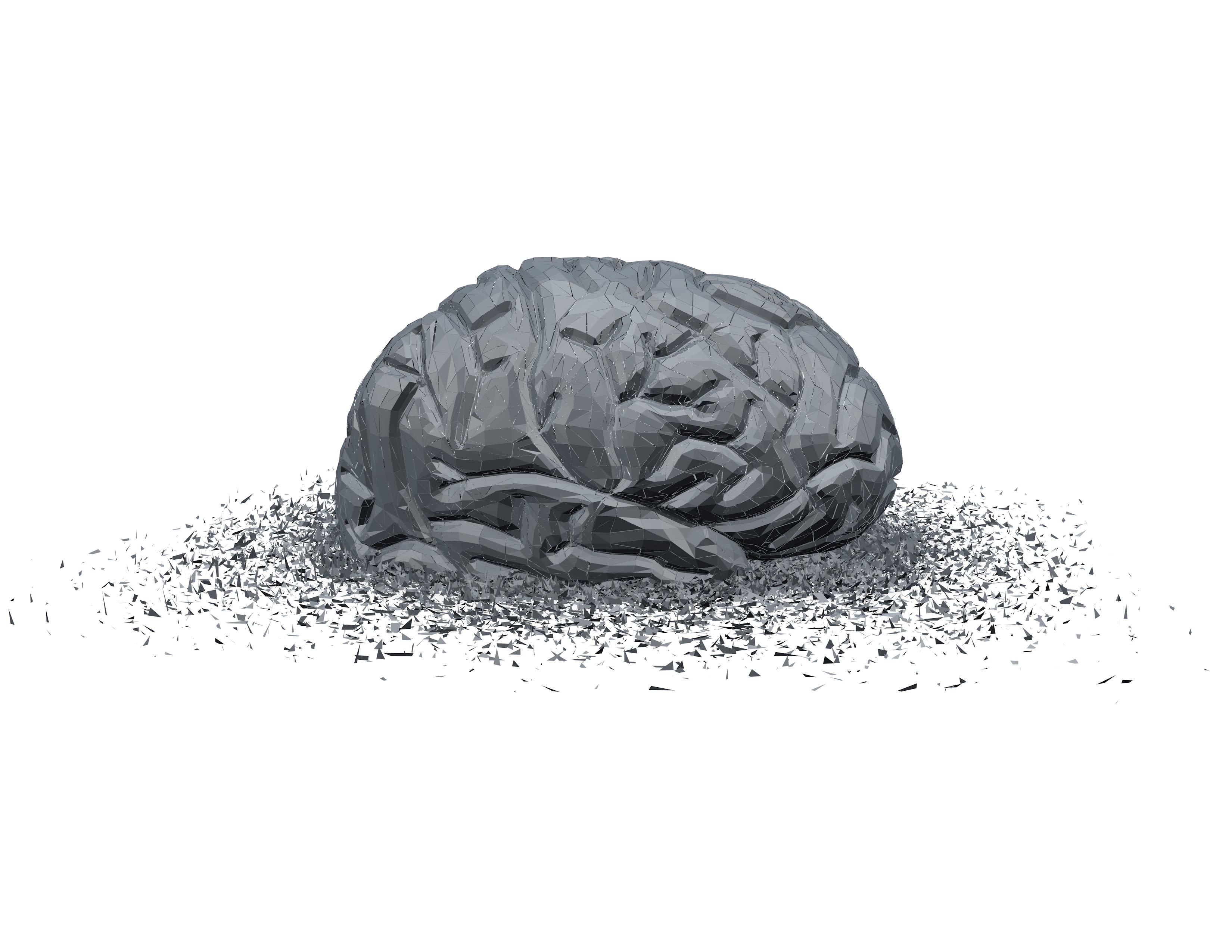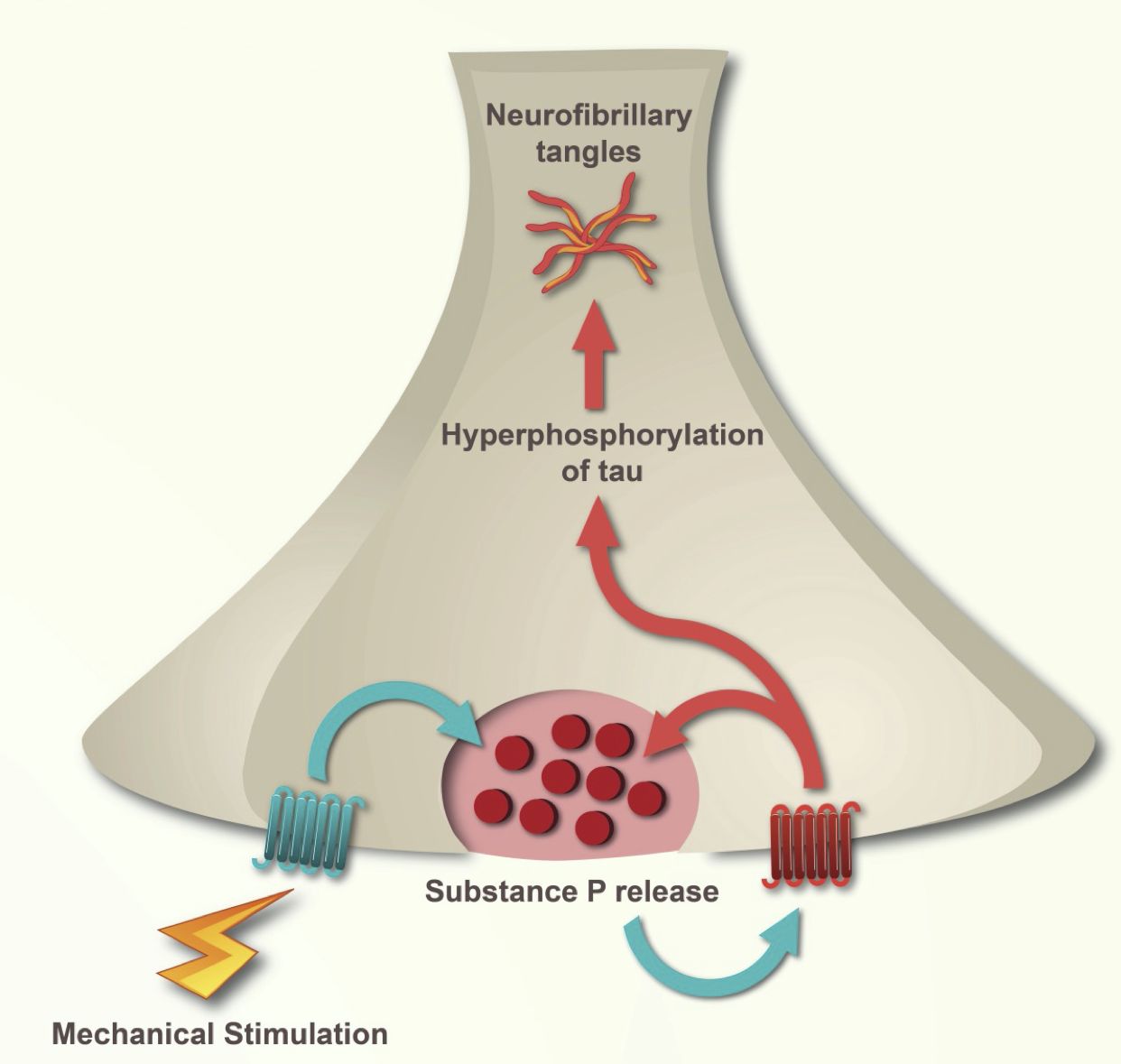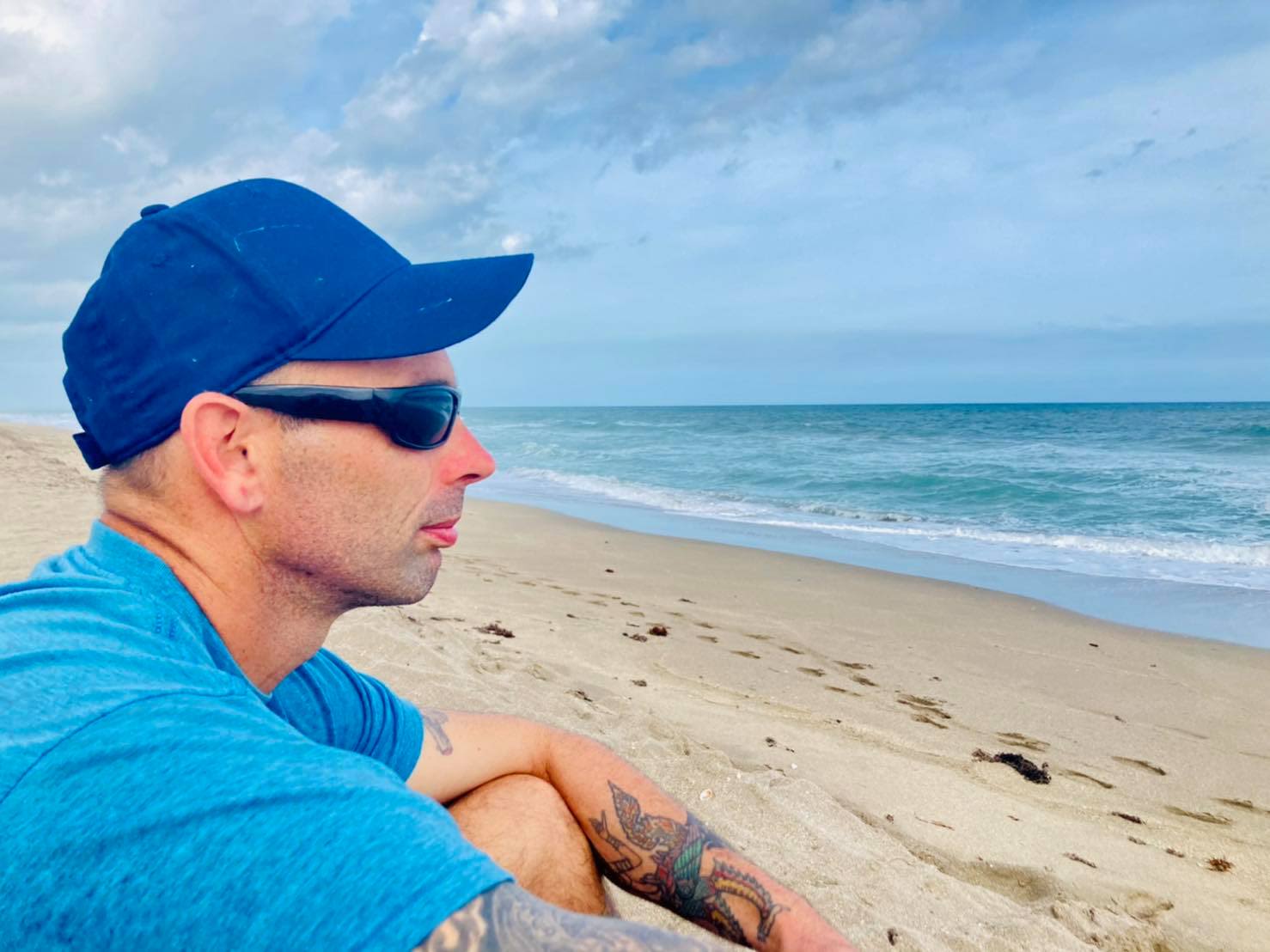The Silent Killer
A Fight To Be Heard

WARNING: This article contains details that some readers may find distressing.
Plagued by isolated days consumed with suicidal thoughts, fatigue, and sensory overload, and crippled by the noise of the so-called ‘silent killer’, everyday victims of a cruel disease are fighting to have their voices heard.
Chronic Traumatic Encephalopathy (CTE) made headlines in recent years for contributing to the deaths of great Australian athletes such as Danny Frawley and Graham "Polly" Farmer.
Despite this, ordinary people living with suspected CTE often remain the unheard victims.
A summary video of Chronic Traumatic Encephalopathy (CTE)
A summary video of Chronic Traumatic Encephalopathy (CTE)
According to the Concussion Legacy Foundation, CTE is a progressive neurodegenerative disease triggered by repeated head trauma such as concussions from sport or physical abuse.
In a healthy brain, tau protein is responsible for stabilising the cells. However, when a person sustains repeated head traumas, the tau protein tangles and clumps. The abnormal protein that forms spreads throughout the brain, killing other cells.
Currently, the only way to diagnose CTE is post-mortem through analysis of brain tissue.
There is no test or scan able to detect CTE in a living individual.
However, for 46 year old Australian women and suspected CTE sufferer Ferne Elowen, symptoms such as memory loss, extreme anger, suicidal ideation, and impulsivity can be debilitating for sufferers.
After enduring an adolescence of deprivation and abuse Ms Elowen says the approximate fifteen concussions she received during her traumatic teenage years contributed to the development of the disease.
"My story is a little bit different than most [because] as a teenager, I was physically, mentally and sexually abused," Ms Elowen said.
"Over this time, I had repeated head traumas, and for all but one occasion, I received no medical care due to my circumstances at the time."
"On some other traumas to my head, I did not blackout, and at other times, I was left unconscious for a period of time."
"After receiving a concussion, I would feel like I was walking around in a dream for the following week; there but not there, acting on automatic."
Ferne finally escaped the abuse, but her fight was far from over.
For years after the concussions, Ferne said she knew things were not right but trying to get medical professionals to listen to her proved to be a gruelling task.
"I went to many doctors only to be told I had gone through a very traumatic and unique situation, and it was my PTSD that was the reason for everything that was happening to me," Ms Elowen said.
"Which to me may have explained the mental, but how about the physical?"
Ms Elowen not only experienced a decline in her mental health, but physical symptoms also made her life hard.
She had difficulty with her memory, balance, and speech making her hesitant to socialise out of fear of judgment and embarrassment.
However, she said the most significant struggle for herself and her partner has been her mental health.
"The huge thing for me is feeling suicidal frequently, and I don't mean as a result of depression," Ms Elowen said.
"On one occasion, I went to bed the happiest lady in the world; I had just bought a five-bedroom, three-bathroom house on one acre, my life was great."
"When I woke up in the morning, my very very first thought was 'I've got to kill myself today'."
"It's hard for my family to understand why I feel [like this] and my partner is worried about [what will happen] if he's not home."
"That's become hard over time because he's become more of a carer than a partner."
The process of getting diagnosed with CTE can be long and difficult, with medical professionals admitting that very little is known about the disease.
"It has been only this year that I have finally had a neurologist put in writing [a suspected diagnosis] of CTE," Ms Elowen said.
"The neurologist did say himself that they know very little about CTE before an autopsy and the imaging that is currently available needs to be improved before more evidence based information is discovered."
Thankfully, for suspected CTE suffers like Ms Elowen, it isn't all doom and gloom. As more is uncovered about the risks of brain trauma and more research is undertaken, promising developments mean there may be some light at the end of the tunnel.
University of South Australia neuroscientist Professor Robert Vink led a study in which a drug was created to stop CTE development.
"We discovered that the mechanical events associated with concussion stretch nerve fibres that trigger the release of a chemical in the brain called substance P," Professor Vink said.
"The more often the concussion, the more substance P is released and the more widely it is released.
"When enough substance P is released, it activates a number of enzymes which result in tau tangle formation, thus overwhelming the ability of the brain to rid itself of the tau tangles.
"Our drug stops the substance P from activating the enzymes that cause tau tangle formation, thus stopping the development of CTE."

Diagram summarising the mechanism of injury. Image credit: Robert Vink
Diagram summarising the mechanism of injury. Image credit: Robert Vink
The drug has undergone phase I human trials, which proved it was safe for humans.
However, phase II required determining tau tangle formation in the brain, which could only be done post-mortem.
So, with a potential treatment but no way to trial it, Prof. Vink said education and recovery were key to managing concussions and preventing CTE from developing.
"The more people know about the consequences of concussion and how to manage the consequences, the more they will be able to make informed decisions," Prof. Vink said.
"I believe every coach and manager of any sporting team (school, amateur, and professional) should do a mandatory course on concussion and its management."
Traumatic brain injury organisation, Connectivity, works to improve outcomes for traumatic brain injury victims and are currently working to develop an online course to educate management on concussions to help prevent CTE.
However, for some suspected CTE sufferers, no amount of education or recovery could justify the existence of contact sports and its potential to trigger the disease.

Chris Boyce says his lifestyle is "limited" by suspected CTE. Image Credit: Chris Boyce
Chris Boyce says his lifestyle is "limited" by suspected CTE. Image Credit: Chris Boyce
American CTE advocate Chris Boyce was once a happy, typical father of two but says he is now also tormented by the effects of the disease.
Mr Boyce played ice hockey for almost three decades, but in 2007 after receiving two concussions in one week, the game he loved changed his life forever.
A clinical trial Mr Boyce participated in confirmed he had abnormally high levels of tau protein in his blood.
The disease and its symptoms now limit the former hockey player's life.
"I had to quit my job in 2016, I can't go shopping in stores, I can't help my wife with the kids or take them to Disney World; I'm just not able to do things with my kids like a normal dad because of sensory overload, paranoia and anger," Mr Boyce said.
Mr Boyce said he believed the only way to ensure no one else endured this fatal disease or its symptoms was to cease all contact sports.
"The only way to prevent this is to change contact sports completely, meaning taking the contact out of the game; otherwise, this disease will continue," Mr Boyce said.
The Australian Institute of Sport recommends victims of concussion wait 24 to 48 hours before returning to light activity and five days before returning to normal competitive sporting.
Ms Elowen maintains that the ordinary victims of CTE are hesitant to tell their story out of shame but will one day want to be heard.
“The unheard of victims that I am sure will come to the forefront in the future and need a voice are the people like myself and the victims of domestic violence,” Ms Elowen said.
“A big problem I think around this is guilt and shame.”
“A reluctance to tell our story or the thought of we need to forget the past and all that happened and move on to a happier life....which becomes harder with CTE.”
For now, brain injury sufferers are finding comfort in each other through Facebook groups like 'CTE & Brain Injury Global Support'.
With more than 3000 members, the global group aims to support, discuss, share information and act as a venting space for those with CTE and their loved ones or carers.
If you or a loved one are in need of help, Lifeline Australia is available to contact 24/7 on 13 11 14.
